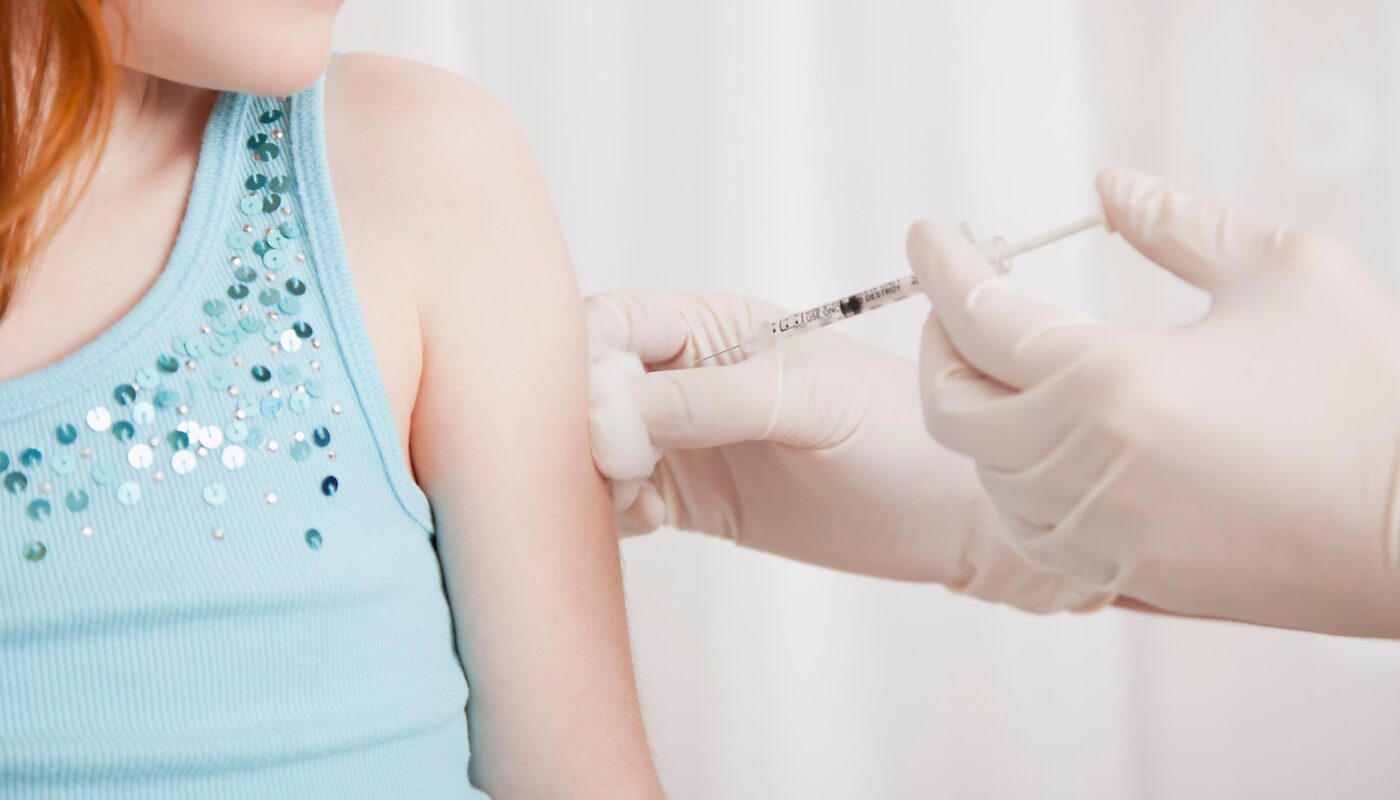Immunization has been one of the most successful public health interventions that has helped saved millions of lives globally. Polio is a highly infectious viral disease which mainly affects children under 5 years of age. The virus is transmitted through contaminated water or food, or contact with the faeces of an infected person. It can cause total paralysis in a matter of hours. There is no cure for polio, but it can be prevented through administration of polio vaccine. This article discusses the importance of Inactivated Polio Vaccine (IPV) in eradicating the polio disease worldwide.
History of Polio Vaccines
The history of polio vaccines dates back to the 1950s when two safe and effective vaccines were developed separately. The first vaccine was an inactivated poliovirus vaccine (IPV) developed by Dr. Jonas Salk and his team in 1952. This vaccine contained dead polioviruses that could not cause polio but could induce effective immunity. The second vaccine was an oral polio vaccine (OPV) developed by Dr. Albert Sabin in 1957 which contained live, attenuated poliovirus strains that could replicate in the gut and induce effective immunity but did not cause paralysis. Both vaccines were initially used in mass immunization campaigns globally. However, in recent years, the focus has shifted towards exclusive use of IPV due to certain advantages over OPV.
Advantages of IPV over OPV
IPV holds certain advantages over OPV which makes it a preferred choice for polio vaccination worldwide:
– Safety: Unlike OPV which contains live attenuated virus strains, IPV contains inactivated (killed) virus strains that cannot cause vaccine-associated paralytic poliomyelitis (VAPP). This makes IPV much safer especially for immunocompromised individuals.
– Cannot cause vaccine-derived poliovirus: Rarely, the live attenuated virus strains contained in OPV can genetically mutate and regain neurovirulence. This can cause circulating vaccine-derived poliovirus (cVDPV) outbreaks. IPV completely avoids this risk as it does not contain any live virus.
– Suitable during outbreaks: During polio outbreaks caused by wild or vaccine-derived viruses, it is safer to use IPV instead of OPV to prevent any risk of circulating vaccine virus emergence.
– Herd immunity: While OPV offers intestinal mucosal immunity and prevents virus shedding, IPV provides effective systemic immunity and long-term protection against paralytic disease. Combination of IPV and OPV provides best protection.
– Transition phase: Globally, the polio endgame strategy involves transitioning from trivalent OPV to bivalent OPV and exclusive IPV use. IPV plays a crucial role during this transition phase of global polio eradication.
Role of IPV in Polio Eradication
The Global Polio Eradication Initiative launched in 1988 has helped reduce global polio cases by over 99% worldwide with just wild poliovirus type 1 remaining in limited pockets in Pakistan and Afghanistan. To accomplish complete worldwide polio eradication, following strategies are being adopted involving extensive IPV use:
– Sequential IPV Vaccines schedule: Most countries follow IPV-OPV schedule where infants receive IPV for primary immunization followed by OPV doses. This strategy utilizes benefits of both vaccines.
– Switch to IPV only: As polio nears eradication globally, more than 100 countries have switched from trivalent to bivalent OPV excluding type 2 while introducing at least one IPV dose for ensuring type 2 protection.
– Outbreak response: IPV plays an important outbreak control role by providing protection to children in high-risk areas or recently vaccinated children during outbreak response vaccination campaigns.
– Maintaining immunity post-eradication: Once wild poliovirus transmission is fully interrupted globally, IPV will be crucial for maintaining population immunity and rapid outbreak response in case of reintroduction.
– Ensuring global SIA quality: Supplementary immunization activities (SIAs) are the key to reaching every last child with polio vaccine worldwide. IPV plays an advocacy role to ensure all countries maintain high SIA quality standards
*Note:
1. Source: Coherent Market Insights, Public sources, Desk research
2. We have leveraged AI tools to mine information and compile it



